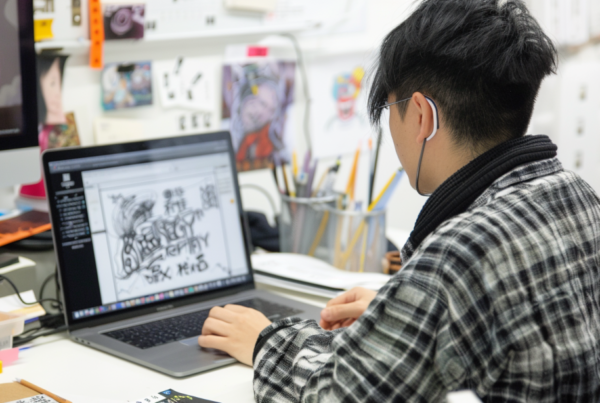In the digital world, creating compelling user experiences (UX) is vital for the success of any online platform. This UX design guide aims to provide insights and strategies for crafting digital experiences that are not only functional but also engaging and user-centric.
Understanding the User
Empathy as a Design Tool
The first step in UX design is understanding the users. Empathy allows designers to view their designs through the users’ eyes, ensuring that the final product resonates with their needs, preferences, and limitations.
The Importance of Research
Gathering Data for Informed Decisions
Conducting thorough research, including user interviews, surveys, and usability testing, is crucial. This data forms the foundation for design decisions, helping to create experiences that are truly user-centric.
Designing for Usability
Making User Interaction Intuitive
Usability is at the heart of UX design. Focus on creating intuitive navigation and easy-to-use interfaces. The goal is to minimize learning time and make the user journey as smooth as possible.
Visual Design and Aesthetics
Crafting an Appealing Interface
While functionality is key, the visual aspect of UX design also plays a significant role. Aesthetically pleasing designs can significantly enhance user engagement and overall satisfaction.
Responsive and Adaptive Design
Ensuring Accessibility Across Devices
In an increasingly mobile world, responsive and adaptive designs are essential. Ensure that your designs provide a seamless experience across various devices and screen sizes.
Feedback and Interaction
Guiding Users with Immediate Responses
Effective feedback mechanisms, such as animations or messages, inform users about the outcomes of their actions, enhancing the interactive experience and reducing confusion.
Loading Times and Performance
Balancing Richness with Speed
A compelling UX is not just about looks and functionality; it’s also about speed. Optimize loading times to ensure that users don’t abandon the site due to performance issues.
Continual Testing and Improvement
The Iterative Nature of UX Design
UX design is an ongoing process. Continually test your designs with real users, gather feedback, and make improvements. This iterative process is key to refining user experiences.
Conclusion: The Art and Science of UX Design
Crafting Experiences That Resonate
In conclusion, creating compelling user experiences is both an art and a science. It requires a deep understanding of users, a commitment to research and usability, and a continuous process of testing and refinement. By focusing on these core elements, UX designers can create digital experiences that are not only usable but also enjoyable and memorable.



